To understand types of fruits we need to understand first, what is a fruit! In botanical terms, a fruit is a seed-bearing part of an angiosperm plant (in common terms, Angiospermae plants are called flowering plants). The fruits develop from the ovary of the plants after flowering.
In culinary terms, a fruit is the sweet or sour-tasting flashy part of the plant. Usually, fruits are ingested in raw form, although some fruit varieties are added to the cuisines after shallow cooking or grilling them to make savory kebabs or light salads.
They can also be eaten frozen, stewed, or dried.

A number of systems exist to categorize fruits into diverse groups.
Read our popular article - Top 10 Fruits High In Vitamin C
A simple categories of fruits is discussed below to provide the reader with a fundamental understanding of different types of fruits.
1. Citrus Fruits
Citrus fruits originated in South-east Asia and then spread worldwide. Nowadays, this family of fruits is not only cultivated globally in tropical and sub-tropical environments but considered amongst the most liked and consumed fruit category as well.
These fruits are characterized by a leathery rind called as ‘pericarp’ and the white, juicy pith that encloses the juicy vesicles or pulp.
Citrus fruits are so famous for their fragrance that the name citrus originated from the Greek word for cedar because of their similar smells.

Some popular varieties of citrus fruits include:
- Sweet oranges: Valencia, Malta, Blood Orange, and Common Orange.
- Lemons: Eureka, Lisbon, and Bonnie Brae.
- Limes: Persian, Blood Lime, Kaffir, and Sweet Lime.
- Grapefruit: White Marsh, Ruby Red, Rio Star, and Oro Blanco.
- Mandarins: Satsumas, Tangerines, Clementine, and Tangelo.
- Other kinds: Citron and Pomelos etc.
The citrus fruits are usually eaten fresh. They are also often pressed for juice or preserved in the form of marmalades or pickles. Moreover, research has been undertaken to develop alcoholic beverages by the fermentation of citrus fruits.
Kinnow wine is said to have the highest fermentation rates.
Last but not least, citrus fruits are quite beneficial for human health due to the abundance of vitamins and low-calorie count.

Health Benefits of Citrus Fruits:
Citrus fruits are rich in Vitamin C, which strengthens our immune system and keeps the skin smooth and elastic.
Their juice also contains a good amount of citric acid as well as other organic acids. Consuming citrus fruits also lowers the risk of kidney stones.
Japanese research indicated that citrus fruits not only boosts cardiac health but lowers the risks of heart attack and stroke as well.
2. Berries
Berry fruits have different definitions in botanical and culinary terms.
In botanical terminology, a fruit is categorized as a berry that develops from a single flower with more than one ovary, where the outer part of the ovary wall into the fleshy edible fruit.
According to this definition, a number of fruits can be categorized as berries that are not commonly known or referred to as berries including, bananas, cucumbers, eggplants, tomatoes, chili peppers, and grapes.
According to the culinary standard, a berry is a small, pulpy, rounded, and brightly colored fruit. The taste of berries ranges from sweet to sour and tart. They lack stones or pits in their centers, although seeds might be present.
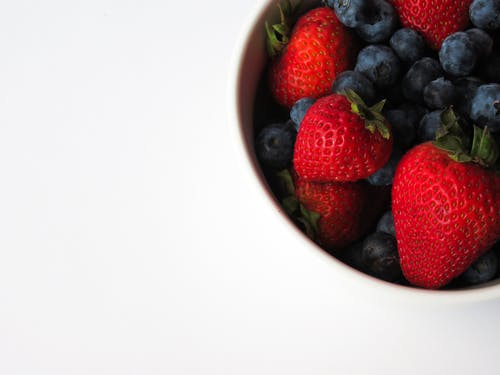
Some popular varieties of berries :
- blackberries
- blueberries
- strawberries
- raspberries
- red currants
- white currants as well as blackcurrants
Berries are consumed worldwide. Berry-jams and pies are especially famous in many parts of the world. They are also preserved as well as utilized in cake production.
Berries have been used as a source of human food since the very beginning. They are also primary food for a number of other primates. The wild berry-gathering activity has always been a favorite activity in Europe and North America.
Are Berries poisonous ?
Although many berries such as strawberries and raspberries are edible and have been cultivated for hundreds of years, yet many berries are poisonous to humans, such as deadly nightshade and pokeweed.
A number of berries exist that are poisonous when unripe but perfectly edible when ripe, including white mulberry, red mulberry, and elderberry.

Other Berries :
Tomato, in culinary terms, is a vegetable; however, in botanical terminology, it is considered a berry fruit.
A great variety of berries are known to humans, many of which have been bred for hundreds of years; however, there are berries that grow exclusively in the wild. A few examples of wild berries are lingonberries and cloudberries.
Health Benefits of Berries :
Furthermore, berries are notable for their health benefits. Berries are considered superfoods because they are packed with antioxidants which not only prevent cancer but also boost the immune system against a myriad of diseases.
3. Melons
This family of fruits includes fruits that are sweet and fleshy and contains a lot of seeds enclosed at their centers. Melons originated in the African and South-west Asian continent, from where they spread to Europe. They are included amongst the first plants to be domesticized.
Melons are utilized in various forms; in immature of unripe form, they are used fresh in salads, cooked-soup, stew, curry as well as a stir-fry.
They are also pickled and preserved. When ripe, they are not only eaten fresh but are canned and dehydrated for short-term use as well.
They may also be used in the form of canned juice or syrups and can be processed into jams
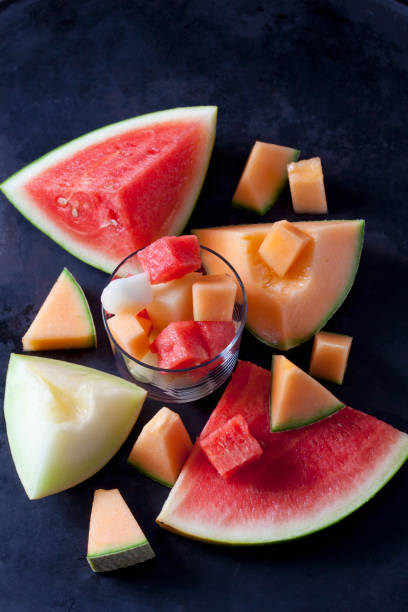
Health Benefits of Melon :
Melon seeds are also a dietary source rich in vegetable oil and proteins. Their seeds are often roasted and consumed like nuts.
Melons are popular among children and adults alike. Some examples of melons include muskmelon, watermelon, rock-melon, casaba, cantaloupe, and honeydew, etc.
The popularity of melons is due to their low-calorie and low-fat content. They contain up to 90% water and are rich with essential vitamins and minerals.
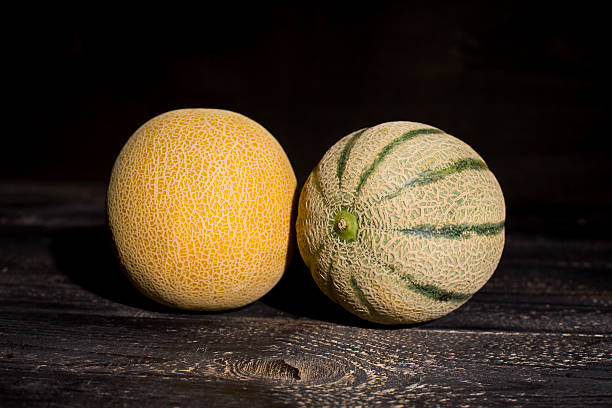
They also contain antioxidants, which play a key role in protecting the body against cancer.
4. Core fruits
Core fruits, also known as ‘pome’ fruits, are characterized by a central seed-containing area surrounded by a thick layer of juicy flesh. This core consists of several small seeds. The core fruits include apples, pears, and nashi, etc.
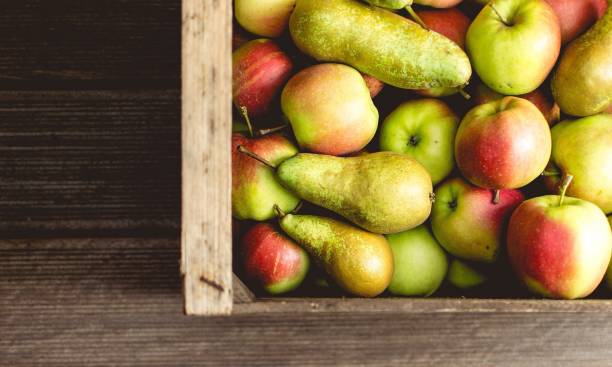
Health Benefits of Core fruits:
Apples and pears are classified as heart-healthy because they lack saturated fat, sodium as well as cholesterol. They are also packed with juice and fiber, which helps to avoid over-eating and, consequently, obesity.
They are enriched with potassium, which not only regulates blood pressure but also regulated muscle contraction and nerve balance.
Lastly, the American Heart Association recommends getting 4-5 servings of fruit a day to keep your heart in a pristine condition.
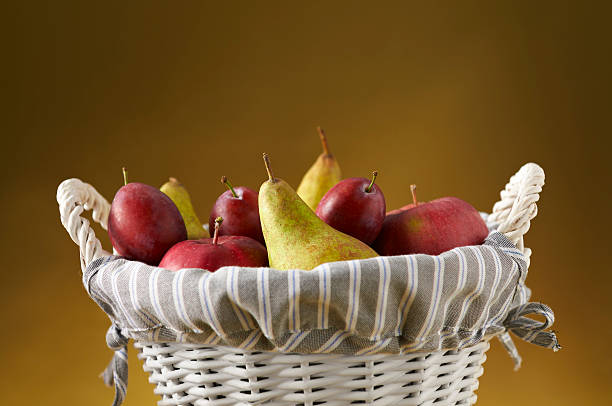
5. Stone fruits
A stone fruit, also known as ‘drupe,’ is characterized by a large stone at its center surrounded by juicy flesh encased in a smooth outer membrane. This stone is usually referred to as the seed of the fruit. This stone or seed is also called a pit sometimes.
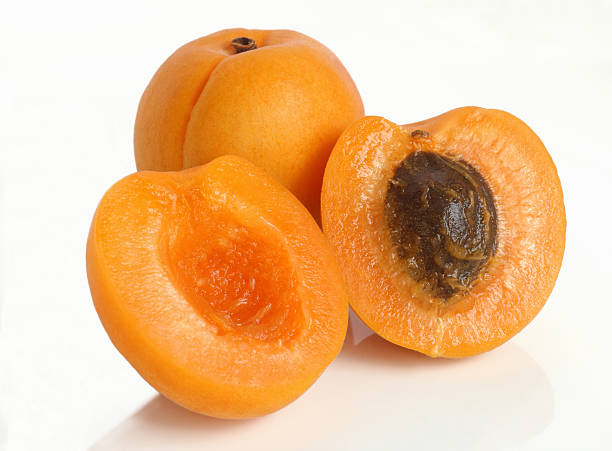
Some popular varieties of stone fruits:
- almonds
- apricots
- cherries
- dates
- lychees
- mangoes
- nectarines
- peaches
- plums
The stone fruits are highly seasonal, as they are available for a specific interval of time. Different stone fruits come in different seasons.
Stone fruits are further divided into two categories, namely, freestone and clingstone.
Freestone:
The drupes having a stone that can be easily removed from the fleshy part of the fruit is called freestone fruit.
Clingstone:
The drupes having a stone that can’t be easily removed from the fleshy part of the fruit is called clingstone fruit.

Health Benefits of Stone fruits :
Stone fruits contain Vitamin C and antioxidants in abundance, making them very beneficial for boosting our immune system. These are especially helpful against summer colds.
Stone fruits help in the production of collagen that gives the skin a healthy and youthful shine. These fruits also help in improving eye-sight as they are rich in carotenoids. They also contain vitamin K, which not only strengthens bones but the teeth as well.
Last but not least, they regulate your digestive system and protect it against many disorders.
6. Tropical fruits
Tropical fruits are named after their areas of cultivation and breeding. The tropical fruits are usually grown in hot and humid regions. These regions mostly lie in the Tropic of Cancer and Tropic of Capricorn, covering the tropical and subtropical areas of Asia, Africa, Central America, South America, the Caribbean, and Oceania.
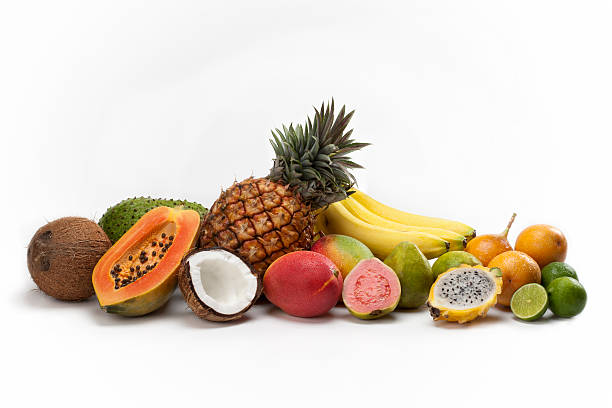
This category of fruits includes :
- Ackee
- Amla
- Avocado
- Banana
- Carambola/ Star Fruit
- Chicco
- Coconut
- Dragon Fruit
- Durian
- Fig
- Grapes
- Guava
- Jackfruit
- Kiwi
- Lychee
- Mango
- Mangosteen
- Papaya
- Passion Fruit
- Pineapple
- Pomegranate
- Tamarind and more.
Health Benefits of Tropical fruits :
Tropical fruits, also known as exotic fruits, are chockful of vitamins, minerals, and antioxidants. They not only boost the overall health of the body but also protects the human body against many diseases, including cancer.
Based on the development, fruits may also be divided into four different categories as follow:
7. Simple Fruits
When one fruit develops from one ovary of a single flower, then the fruits are referred to as the simple fruits. Simple fruits may be fleshy or dry. For example:
- Plums and peaches (fleshy)
- Walnuts and hazelnuts (dry)
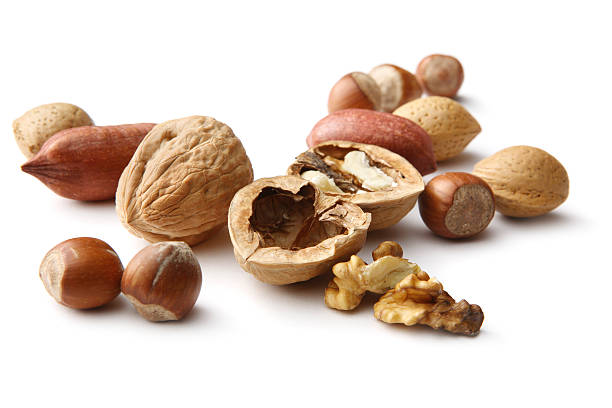
8. Aggregate Fruits
A single fruit or many tiny fruits when developing from several ovaries of one flower; then these fruits are called aggregate fruits, for example, strawberry, blackberry, and custard apple.
9. Multiple Fruits
When one big fruit develops from the fusion of ovaries from many different flowers, then this categories of fruits are called multiple fruits, for example, pineapple, mulberry, etc.

10. False fruits or accessory fruits
A fruit that develops from any other part of the flower than the ovary can be simple, multiple, or aggregate. For example, strawberry is an aggregate as well as an accessory fruit as most of its fleshy part doesn’t develop from the ovary.

9 comments
Very knowledgeable and useful article.
Very nice and informative article Mam, thanks
Wow it’s awesome
Very helpful and nice content
Very nice Article. Thanks for the knowledge
Very Good, Very Useful Information to know from this artical and want to more information and tips for Good Health.
Very well segregated categories. Thanks for putting up this article.
[…] Read our popular article – What are the 10 categories of fruits? […]
[…] Read our popular article – What are the 10 categories of fruits? […]
Comments are closed.